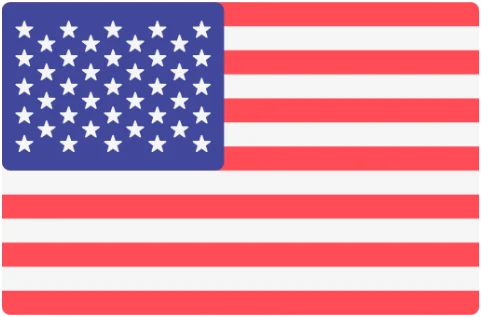Are you tired of being disappointed by non-alcoholic wines that promise much but deliver little? In a market flooded with options, it's easy to be swayed by attractive packaging and clever marketing. However, the real secret to finding a quality non-alcoholic wine lies not in the front label's design but in the often-overlooked back label.
Why the Back Label Matters
While fancy bottles might catch your eye, it's the information on the back label that truly reveals what's inside. Here, you'll find the crucial details that separate a genuine non-alcoholic wine from glorified grape juice.
What to Look for on the Back Label
- Nutritional Information:
- Calories: Look for low calorie wine options with less than 20 calories per 100ml (about 150 calories per bottle).
- Sugar Content: Aim for non alcoholic wine with 3-4g of sugar per 100ml or less.
- Ingredients List:
- The shorter, the better. Quality alcohol free wine should have fewer ingredients, mainly grape-derived.
- Production Method:
- Ensure it's a fermented product. Look for mentions of de-alcoholized wine, ideally with the grape variety specified, to ensure you're getting a true non alcoholic wine drink.
- Alcohol Content (ABV):
- Non-alcoholic wines should have an ABV of less than 0.5%. Some claim to be 0.0%, but this is not necessarily a good thing as it indicates a more aggressive de-alcoholization process has been used, which can damage the wine's flavor. Refer to our separate post on alcohol level in alcohol free wine for more details.
Red Flags to Watch Out For
- Added Flavors: Avoid wines listing added flavors, tea, spices, herbs, fruit extracts, or non-grape juices. The best non alcoholic wine relies on natural flavors from the grapes.
- Added Sugar: Be cautious of products with added sugar, which can indicate an overly sweet product. A good non alcoholic wine should maintain a natural balance.
- Non-Fermented Products: Ensure you're buying an actual fermented wine product, not just grape juice in disguise.
- Excessive Ingredients: A long list of ingredients, especially unfamiliar or artificial ones, is a red flag. Non alc wines should be pure and simple.
-
Lack of Transparency: Be wary of products that don't provide clear information about their production process or ingredients.
The Purity Principle
The best rated non alcoholic wine replicates the complexity of traditional wine without relying on excessive sugar or artificial additives. For instance, champagne production allows only grape-derived flavors and prohibits artificial additives—a principle worth considering when choosing non-alcoholic alternatives like white rosé or prosecco.
Don't Be Fooled by Packaging and Price
Remember, a sleek bottle or high price tag doesn't guarantee quality. Some of the best non alcoholic wines come in modest packaging at reasonable prices. It's the content that counts.
Conclusion
Next time you're shopping for non-alcoholic wine, resist the urge to judge a bottle by its front label. Instead, scrutinize the back label for nutritional information, ingredients, production methods, and ABV. This way, you'll have a much better chance of finding a non-alcoholic wine that truly satisfies your palate without compromising on health or taste.
The world of non-alcoholic wine is evolving rapidly, with more options emerging. By becoming a savvy label reader, you'll be well-equipped to navigate this exciting market and discover genuinely good non-alcoholic wines that deliver on their promises.
In future posts, we will look at popular non-alcoholic wine brands labels and see what they say. Stay tuned to find out which wines have the least calories and are truly worth your time.


